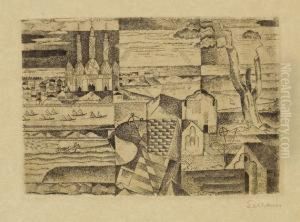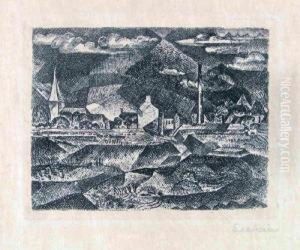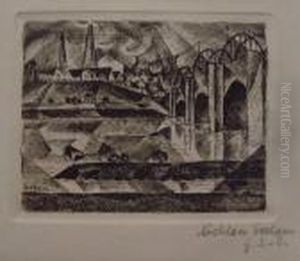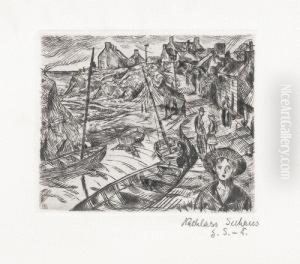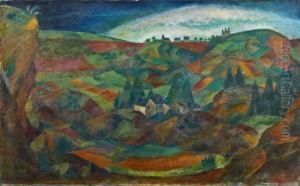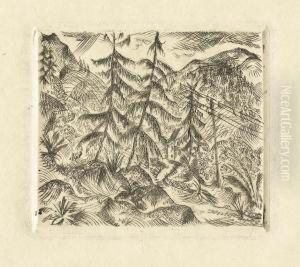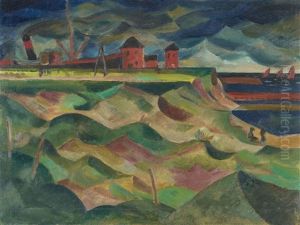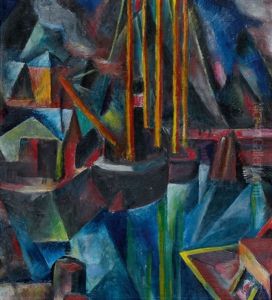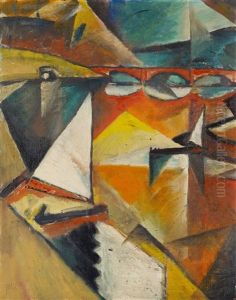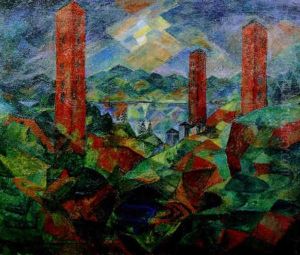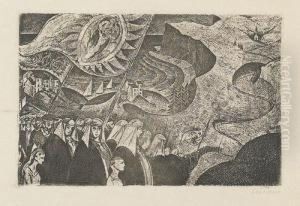Paul Adolf Seehaus Paintings
Paul Adolf Seehaus was a German painter and graphic artist, known for his contributions to expressionism and his exploration of early abstract art. Born on December 6, 1886, in Cologne, Germany, Seehaus grew up during a period of rapid industrialization and artistic upheaval, which influenced his artistic development. He initially trained in decorative painting in his hometown before moving on to further his education at the Düsseldorf Academy of Arts. His early work was marked by a strong interest in the natural world, often depicting landscapes and seascapes with a keen sense of light and atmosphere.
Seehaus's artistic evolution was deeply influenced by the broader movements of German expressionism, characterized by its emotional intensity and bold use of color. He became associated with the Rheinische Expressionisten and participated in the Sonderbund westdeutscher Kunstfreunde und Künstler, which was instrumental in promoting avant-garde art in the Rhineland. His work began to exhibit the hallmarks of expressionism, including distorted forms and vibrant, non-naturalistic color palettes, to convey deeper emotional truths. Despite his alignment with these modernist trends, Seehaus maintained a distinctive voice, often merging expressionist tendencies with elements of symbolism and abstraction.
The outbreak of World War I in 1914 profoundly affected Seehaus, as it did many artists of his generation. His experiences during the war years led to a darker, more introspective quality in his work, reflecting the widespread angst and disillusionment of the era. After the war, he continued to develop his style, increasingly incorporating abstract elements into his compositions. This was a time of significant experimentation and innovation in the visual arts, with artists seeking new ways to express the complexities of the modern world.
Paul Adolf Seehaus's promising career was tragically cut short when he died on October 16, 1919, at the young age of 32. The circumstances of his death are not widely documented, but his passing marked the loss of a talented artist at the cusp of greater recognition. Despite his brief career, Seehaus made a lasting impact on the development of German art in the early 20th century. His work is a testament to the turbulent times in which he lived, capturing the spirit of an era marked by war, upheaval, and the search for new artistic expression. Today, his paintings and prints are held in several collections and continue to be appreciated for their emotional depth and innovative approach to form and color.
